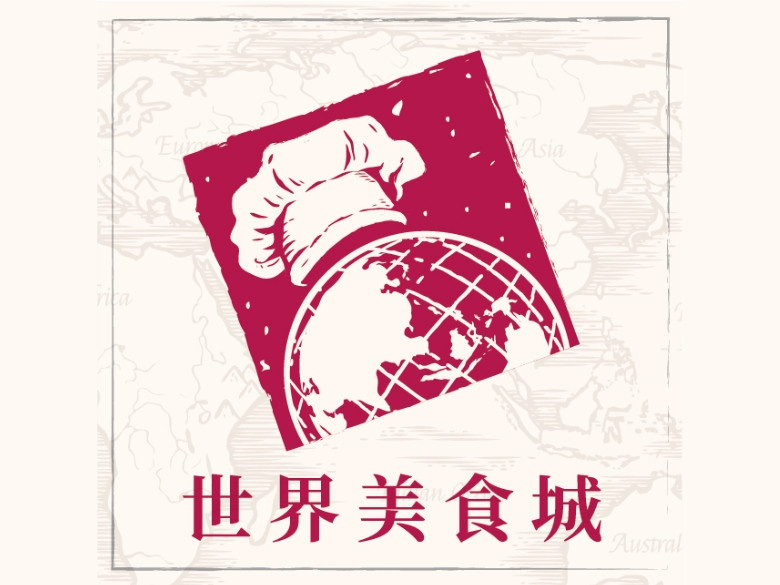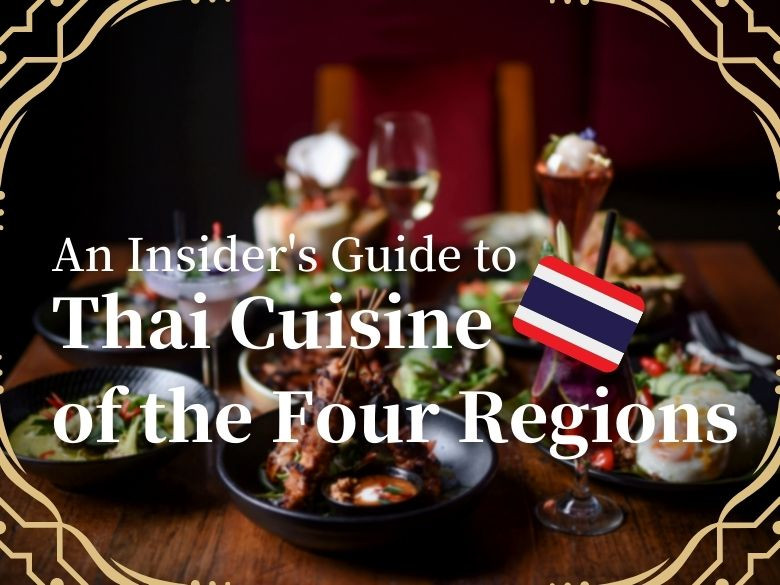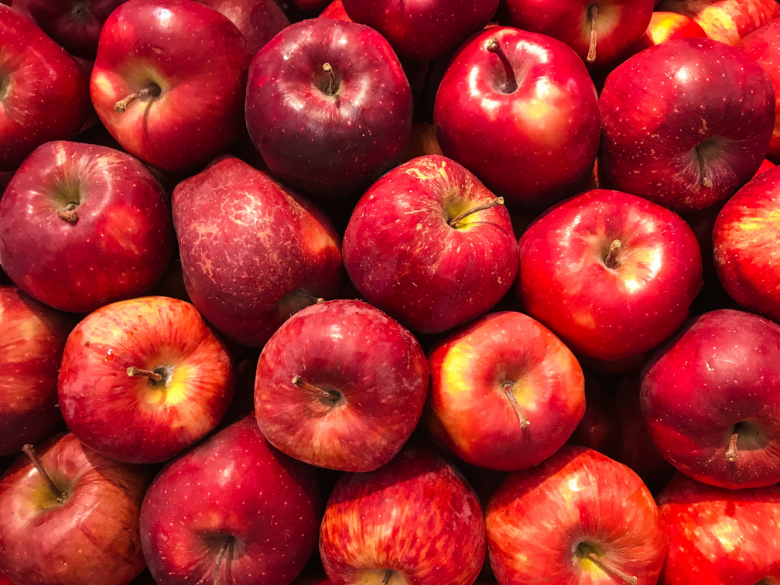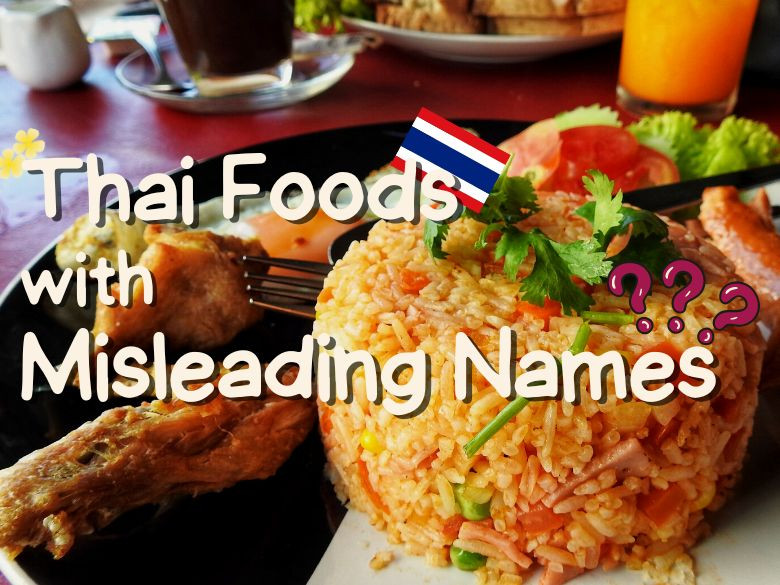8 Most Popular Types of Thai Durians
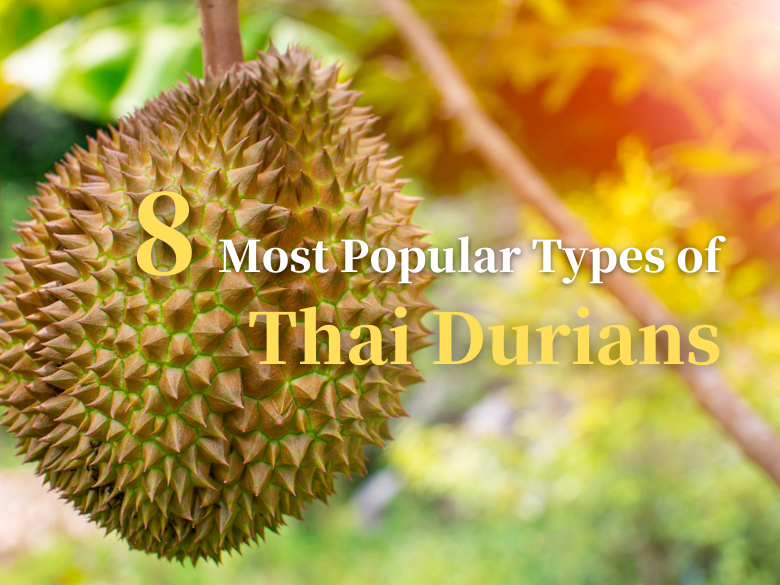
Here comes summertime. You probably have seen piles of durians for sale at markets. When it comes to durian, Thailand might be the first country that pops up in people’s minds. In fact, there are hundreds of varieties of durians. Each one is unique in its smell, sweetness, and creaminess. Today, we’re going to introduce 8 types of durians that are famous in Thailand, yet might remain unsung in other countries. Let's take a look!
Kanyao(ก้านยาว)
In the Thai language, “kanyao” means “long stem”. Compared to other varieties, Kanyao durian features a longer stem. Most Kanyao durians are planted in Nonthaburi province. Due to the small number of farms cultivating this type, Kanyao durian is known for its high prices and scarcity. It is even rated as “the most expensive durian”, for it was once sold at 1.5 million Thai Baht (≈ 41000 USD).
How do people pick fresh Kanyao durians then? Firstly, the stem has to be thick and hard. Secondly, the fruit must have no damage on its surface. Lastly, the spikes must be tidely arranged. Durians fulfilling the conditions above are of good quality. One Kanyao durian usually costs 5000-15000 Thai Baht (≈ 138-414 USD) and weighs 2-3 kilograms.
- Appearance: circular shape, thin spikes in close distances, thick peel, and circular big cores.
- Smell and flavor: the durian features in its fruity pungence. The sweetness and creaminess are just fine.
- Suggested ripeness to taste: when durian just becomes ripe.
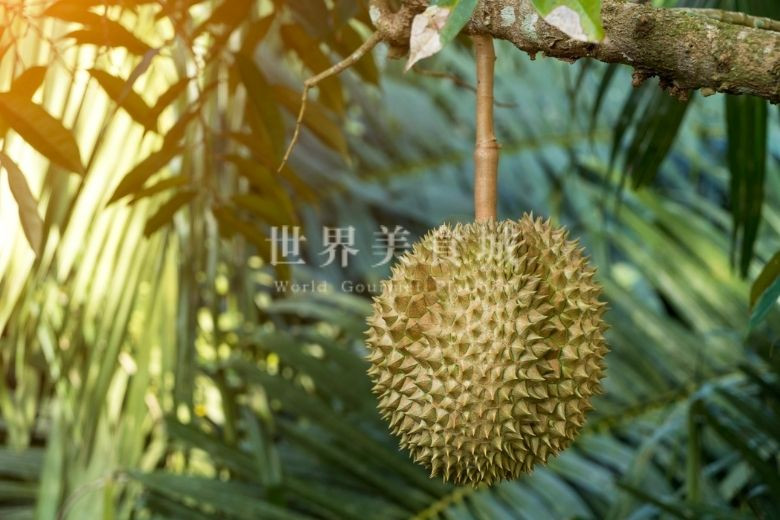
Chanee(ชะนี)
Besides eating it straight, Chanee durian can also be used for making desserts such as durian ice cream, durian smoothie, or durian sticky rice, for it has an unique smell. The price of one kilogram of Chanee ranges from 65 Thai Baht (≈ 1.8 USD) to 125 Thai Baht (≈ 3.5 USD).
- Appearance: large and short spikes arranged in wider distances, thick peel, dark colored pulps, and circular small cores.
- Smell and flavor: the durian has a heavier smell and tastes sweet and creamy. The texture is overall tender yet chewy as well. If the durian ripens more, the pulp will be even softer and has a heavier smell.
- Suggested ripeness to taste: when durian is ready to be harvested.
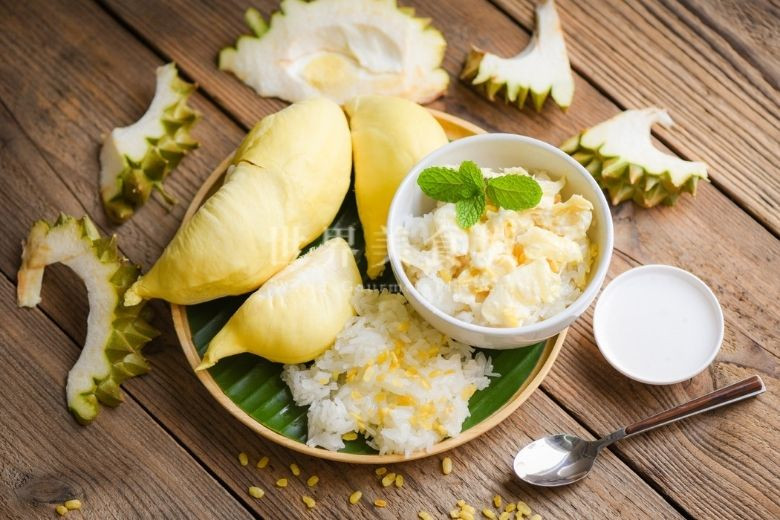
Mon Thong(หมอนทอง)
Mon Thong durian is one of the must-knows for durian lovers. As long as the weather is hot enough, Mon Thong would be easy to plant in fields; thus it is a popular type in Thailand. Mon Thong may help prevent cardiovascular diseases and cancer if not overly consumed. One kilogram of Mon Thong costs 150-180 Thai Baht (≈ 4-5 USD), and one durian weighs roughly 3-4 kilograms.
- Appearance: bigger size, large pulp, small cores, and darker pulp in color.
- Smell and flavor: Sweetness and creaminess reach the peak balance. The pulp is dry and not sticky. When the fruit is properly ripe, it tastes sweeter.
- Suggested ripeness to taste: when durian just becomes ripe.
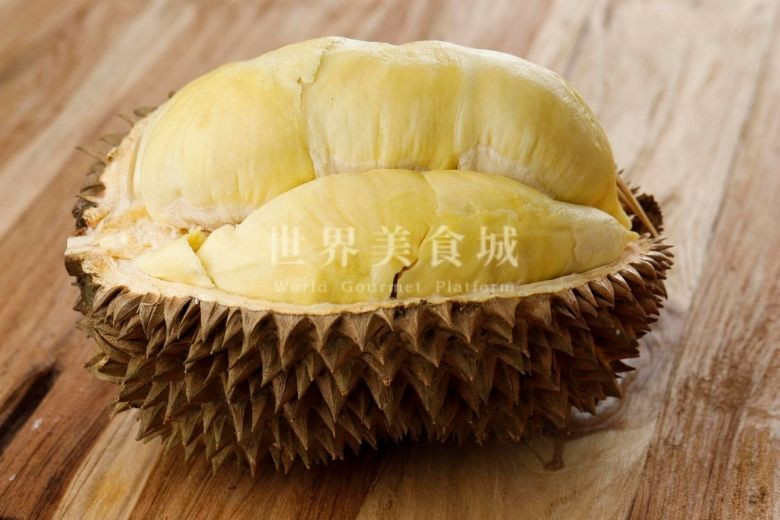
Long Lap Lae(หลงลับแล)
Uttaradit is also known as the “fruit province” because the region produces a huge variety of fruits. Long Lap Lae durian is a regional variety mainly planted in Lap Lae District. The durian-picking season is from April to August every year. One kilogram of Long Lap Lae costs around 300-500 Thai Baht (≈ 8.3-13.8 USD).
- Appearance: size smaller than other types, circular or oval shape, small cores, and darker pulp.
- Smell and flavor: The sweetness is at its finest. You can taste the fiber when eating the pulps, chewy and tender. The durian doesn’t have a strong smell but a floral fragrance which becomes stronger as the durian ripens.
- Suggested ripeness to taste: when durian just becomes ripe.
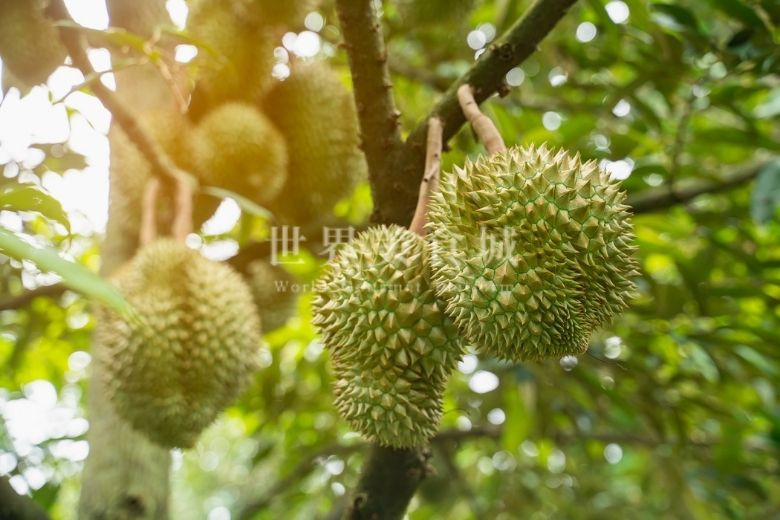
Phuang Mani(พวงมณี)
Phuang Mani durian is a regional variety in Eastern Thailand. With its smaller size, Phuang Mani weighs about 1.5-2.5 kilograms. It wasn’t popular in the early days until a farm was opened to the public and allowed them to visit for tours as well as all-you-can-eat durian buffets. The more popular Phuang Mani became, the higher the price was lifted. One kilogram of Phuang Mani costs 200-250 Thai Baht (≈ 5.5-6.9 USD).
- Appearance: dark orangish yellow pulp in smaller portion.
- Smell and flavor: the durian tastes highly sweet and soft and is absolutely fragrant.
- Suggested ripeness to taste: when durian just becomes ripe.
Kradum Thong (กระดุมทอง)
With the low difficulty and short period of cultivation, Kradum Thong is a popular type among farmers. Accessible at most markets, Kradum Thong is sold at low prices. Kradum Thong is overall small in size. It only weighs around 1 kilogram.
- Appearance: relatively dry pulp in dark yellow and large cores. The portion of pulp is small.
- Smell and flavor: the durian tastes highly sweet and soft. It smells absolutely fragrant.
- Suggested ripeness to taste: when duraian just becomes ripe.
PaLa-U(ป่าละอู )
“Pa (ป่า)” stands for “forest”, and “La-U (ละอู)” is the name of the forest. Pa La-U durian is a variety of Mon Thong durian planted in the La-U forest, Prachuap Khiri Khan province. Since the forest area has soil and air of good quality, Pa La-U tastes different from regular Mon Thong, for it features a special smell and tastes superb. One kilogram of Pa La-U costs around 300 Thai Baht (≈ 8.3 USD).
- Appearance: sharp spikes, distinguished segments, and pulp in lighter color.
- Smell and flavor: the creaminess of the durian is more impressive than its sweetness. The pulp gives a dry texture. With its fragrant and mild smell, this variety is suitable for whoever can’t accept the smell of regular durians.
- Suggested ripeness to taste: when durian just becomes ripe.
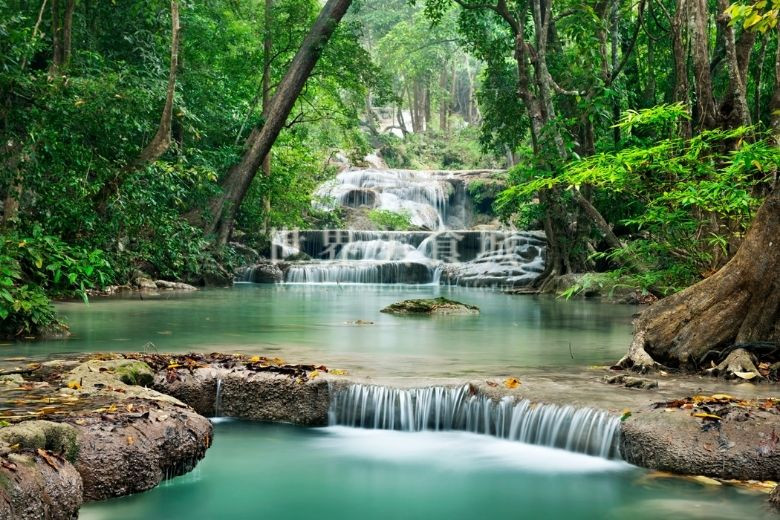
Lava Sisaket(ภูเขาไฟศรีสะเกษ)
Most notable varieties of durian are planted in provinces in Eastern Thailand, including Rayong, Chanthaburi, and Trat. Yet Si Sa Ket is an exception, as it is located in Northeast Thailand. Lava Sisaket durians refer to Mon Thong, Kanyao, and Chanee durians sown in the volcano areas of Si Sa Ket province. Basalt and other volcanic soils provide durians with a rich amount of nutrients, which highly benefits the durians. Moreover, Lava Sisaket durians are known for their special smell. One lava Sisaket durian weighs around 2-3 kilograms, and the price of one kilogram is about 300-500 Thai Baht (≈ 8.4-14 USD).
- Appearance: Densely arranged spikes, thin peels, pulp in darker color, and small cores.
- Smell and flavor: the durian tastes sweet and creamy at its finest. The pulp is tender and chewy. The smell is pungent but not overly strong. Those who have tasted this type of durian would certainly crave more.
- Suggested ripeness to taste: when durian is about to be or just becomes ripe.
How to Pick Fresh Durians?
These are the most popular types of durians. The ripeness of each type could change the smell, flavor, or texture. Some people like to eat well ripe durians instead, for they prefer extra soft pulps.
As regular consumers, we generally have no idea how to recognize the ripeness of a durian. So if you go purchase durians in Thailand, you’ll certainly see the vendor knock durians with a wooden rod to hear echoes coming from inside. If the durian is ripe, it would sound hollow inside. Besides, you can also recognize the ripeness of a durian by its appearance. Ripeness can be told by the following traits: distinguished segments, dry and easily breakable spikes in dark color, hard and dark stem, big joint on the stem, and more. These traits show that a durian has become ripe.
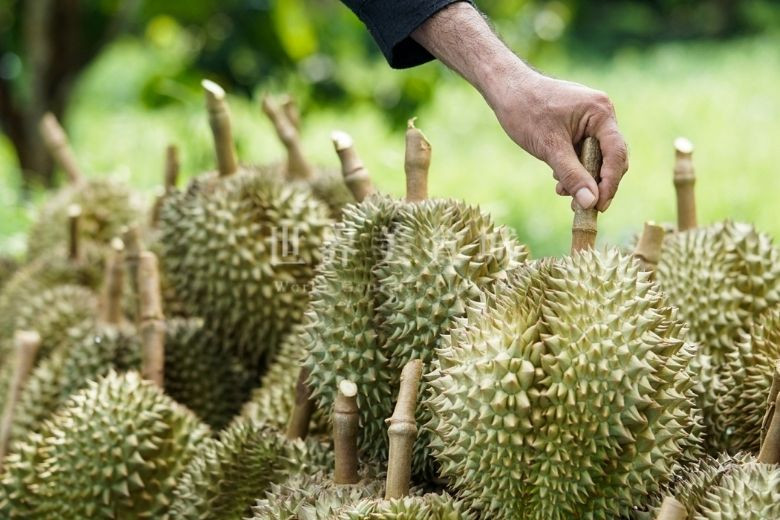
Which variety draws your interest in trying among these 8 famous types? When you go to Thailand, hope you can find your ideal durian or other local dishes to try.

